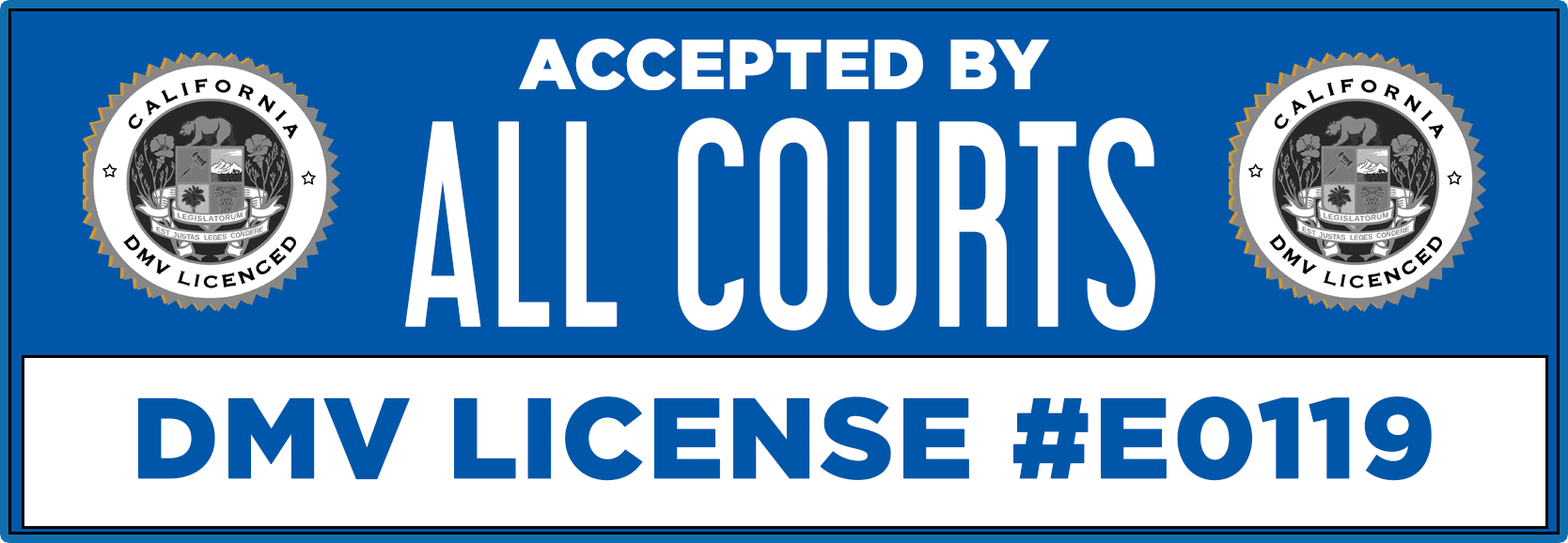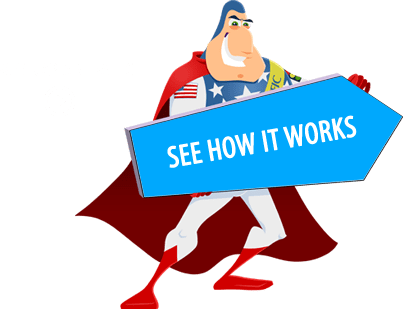Most Common Driving Distractions

What do children, friends, and pets all have in common? All can be a dangerous distraction to you while you are driving.
For many parents, there are pint-sized distractions every day in the back seat. Yes, driving with kids in the car can be particularly distracting especially if there is crying, spilled drinks, thrown or dropped toys, arguments with siblings—all are things that can steal your concentration, thereby putting yourself, your kids, and other drivers around you at risk.
- Be prepared. Before you put the kids in the car, make sure you have items that they may need easily on hand or within reach. For babies, plan for snacks before you depart as eating in the car may not be the best practice due to your limited ability to react to choking or spills. For older kids, put snacks and drinks so that they are accessible and toys within easy reach. In all cases, make sure that any heavier items such as video games or larger books have a place to be stored such as in the seatback pockets so that they won’t become potential projectiles in the event of a crash.
- Make them wait. As unpleasant as it can be, tell your kids that you cannot help because you are driving and that they will need to wait until you can pull over or until you get to your destination. You may have to listen to a tantrum, but at least the child is restrained in a seat and cannot hurt anyone.
- Keep your eyes forward. Resist the urge to reach back or take your eyes off the road even when you’re stopped. It only takes a second for an accident to occur.
- Pull over. If you cannot deal with screaming and need to tend to your child immediately, pull over to a safe spot. It’s safer to get off the highway and go into a gas station, rather than move to the side of the road where you could face other hazards such as the possibility of getting struck by another vehicle.
- Use your mirrors. If your children are in rear-facing car seats, attach a mirror to the head restraint to be able to monitor them. It’s better than having to turn around and taking your eyes off the road.
- Set the ground rules. Educate children on car safety. Tell them that parents need to pay attention to the road, so that everyone is safe. If they know you can’t and won’t react then they won’t expect it.
- Distract your children. Try to distract them by engaging them in a song or game outside of the car. Children’s music in the CD player or on satellite radio is a nice addition.
When you are driving with friends and relatives, establish some strategies to keep your passengers under control. A carload of friends can be very distracting with loud talking, quarrelling over music selections, or horseplay. Arguments and other disturbing conversations should be held in a safe, appropriate place, not while you are driving in your vehicle.
A loose pet in a moving vehicle can be very dangerous. Properly secure your pet in a pet carrier, portable kennel, or specially designed pet harness when you are driving. Never allow your pet to sit in your lap while you are driving your vehicle.
Nearly 90 percent of pet owners say they travel with their pets. The worry isn’t just about an unrestrained animal contributing to unsafe driving or an accident. During a crash, a flying dog or cat represents a serious hazard to everyone in the car. In a 35-mile-per-hour accident, an unrestrained 60-pound dog would carry the force of a 2,700-pound projectile. Unrestrained dogs and cats can impede rescue workers in more serious accidents, and they also are more likely to be harmed or even thrown from a vehicle in minor fender benders.
Making destination entries on an in-vehicle navigation system, radio surfing for a good song, or adjusting your vehicle’s climate controls are distracting activities that can put you in danger of a vehicle crash or near-crash. The availability of in-vehicle Internet and e-mail access from cell phones, blackberries, and other portable devices are added distractions that increase your risk of a crash if you engage in these activities while driving.
- Adjust vehicle’s controls (climate controls, mirrors, radio, seat, etc.) before you begin to drive.
- Check your e-mail, voicemail, and any other portable devices you have before you begin driving.
- Take advantage of normal stops to adjust controls.
- Ask your passenger to adjust the radio, climate control, navigation system, etc. for you.
Looks Can Kill…
Looking out your window at what you are passing while you are driving can be a distraction if you are concentrating on getting a good look at:
- an accident
- a vehicle pulled over by law enforcement
- construction work
- a billboard advertisement
- a scenic view
- street names and addresses
Always focus on your driving. It’s crucial that you remain alert while on the road to arrive at your destination safely.
Distractions and Young
The leading cause of death for 15-20 year olds are vehicle crashes. Vehicle crashes make up approximately one-third of all deaths for this age group. More crashes occur when passengers, usually other teens, are in the vehicle with a teen driver. Two out of three teens die as passengers in a vehicle driven by another teen.
These statistics are caused by a teenager’s immaturity, driving inexperience, overconfidence, and risk-taking behaviors. Before your teen takes to the road, explain to him/her the dangers of participating in distracting activities and driving. Many teens do not see the connection between the things that distract them and their age group’s high rate of vehicle crashes and death.
- The age group with the greatest proportion of distracted drivers was the under-20 age group – 16 percent of all drivers younger than 20 involved in fatal crashes were reported to have been distracted while driving. (NHTSA)
Give your teen strategies and rules to help them keep their passengers under control. No horseplay, inciting the driver to speed or engaging in any other type of dangerous activity while riding in a vehicle.
Instruct your teen to set up his/her in-vehicle radio, CD player, IPOD or any other in-vehicle music playing device before driving and to play the music at a listening level that is not distracting. Wearing headphones or earplugs is illegal in California regardless of the age of a driver.
Talk with your teen about how to deal with driving distractions. Discuss what could happen if he/she tries to answer a cell phone, send a text message, search for music, or spill a drink on themselves while they are driving. Explain the importance of driving safely and staying alive.
CVC Section 23124
This law prohibits a person who is under the age of 18 years from operating a motor vehicle while using a wireless telephone, even when equipped with a hands-free device, or while using a mobile service device. The law provides an exemption for the use of wireless telephones or mobile service devices for emergency purposes.
No Text Law
CVC section 23123.5 – Writing, sending, or reading a text-based communication while driving is against the law for ALL drivers in California. This law applies to electronic wireless communications devices used to manually communicate with any person using text-based communication, including, but not limited to, communications referred to as a text message, instant message, or electronic mail. Violating this law is punishable by a base fine of $20 for a first offense and $50 for each subsequent offense. With the addition of penalty assessments, fines can be more than triple the base fine amount.
Stats
- 75% of all American teens ages 12-17 own a cell phone, and 66% use their phones to send or receive text messages.
- Older teens are more likely than younger teens to have cell phones and use text messaging; 82% of teens ages 16-17 have a cell phone and 76% of that cohort are cell texters.
- One in three (34%) texting teens ages 16-17 say they have texted while driving. That translates into 26% of all American teens ages 16-17.
- Half (52%) of cell-owning teens ages 16-17 say they have talked on a cell phone while driving. That translates into 43% of all American teens ages 16-17.
- 48% of all teens ages 12-17 say they have been in a car when the driver was texting.
- 40% say they have been in a car when the driver used a cell phone in a way that put themselves or others in danger. (Distraction.gov)
In this age of multi-tasking, it is common to do more than one task at the same time. You already multi-task when you are driving; your mind and body are working simultaneously to drive your vehicle. You should not add another task on top of what you already need to do to drive safely. These tasks should never be done while you are driving:
- Reading a newspaper, a book, or a map.
- Personal grooming, such as hair grooming, shaving, or applying makeup.
- Smoking and dealing with lighting up, putting out cigarettes, or falling ashes.
- Working in your car: typing on a laptop, making business calls, and writing notes or reports.
When you are driving, the condition of the roadway you are on and the behavior of other drivers can change abruptly, leaving you little or no time to react. When you are driving, follow these rules:
- Stay focused.
- Pay attention.
- Expect the unexpected.
These tips can help you continue to drive and arrive at your destination safely:
- Follow the tips just given on this topic
- Ensure all passengers are buckled-up properly.
- Be well-rested and in the appropriate mindset to drive. Driving while you are upset or angry can be just as dangerous as driving when you are tired.
- Help your teen identify and reduce distractions when he/she is driving.
- Do not tailgate.
- Allow sufficient time to reach your destination.
- Ensure your vehicle is properly maintained.
Driver distractions reduce your awareness to your driving environment, your decision-making process and your driving performance. This results in crashes or near-crashes and corrective actions having to be taken by you and/or other drivers on the road.
Drive safe and stay alive. Keep your mind on your driving, keep your eyes on the road, and your hands on the wheel!
When you enroll in a traffic school program, you will learn about the topics mentioned above and more. A motor vehicle can be a safe mode of transportation, or it can be a very dangerous weapon. If you want to learn how to increase the chances of making it to your destination in one piece, complete our traffic school online today. The program is ComedyTrafficSchool.com. Take online traffic school the fun way with our award winning course. Our traffic school course is the perfect choice for anyone who recently received a traffic ticket; keep points masked from your driving record, your auto insurance rates low and become a better, safer driver!





